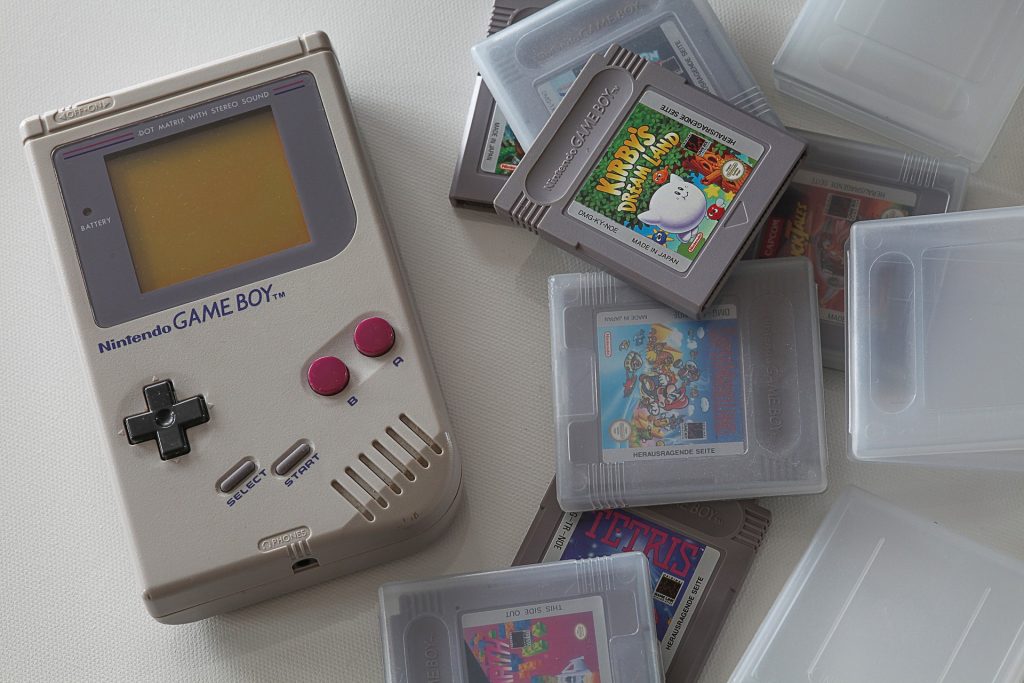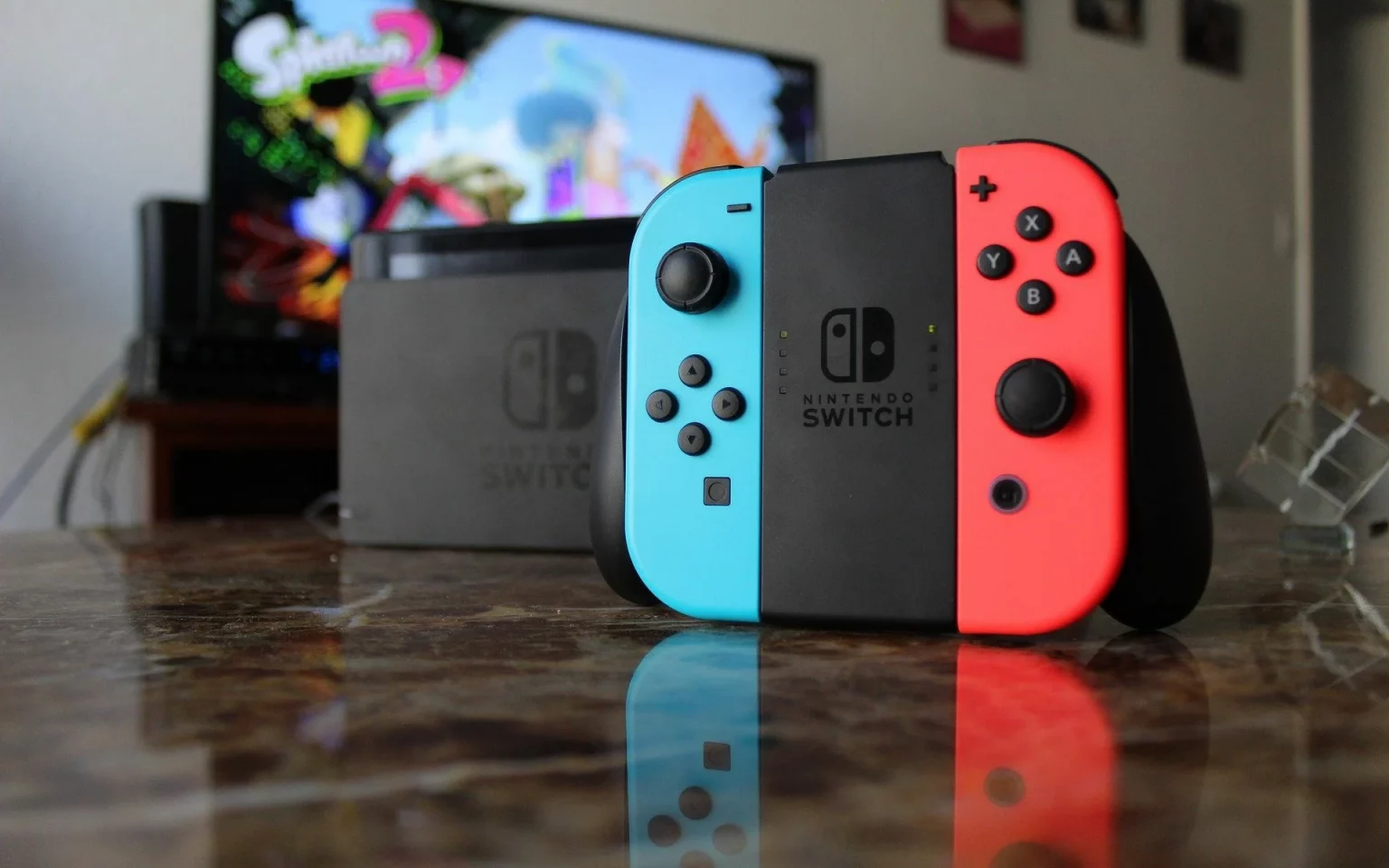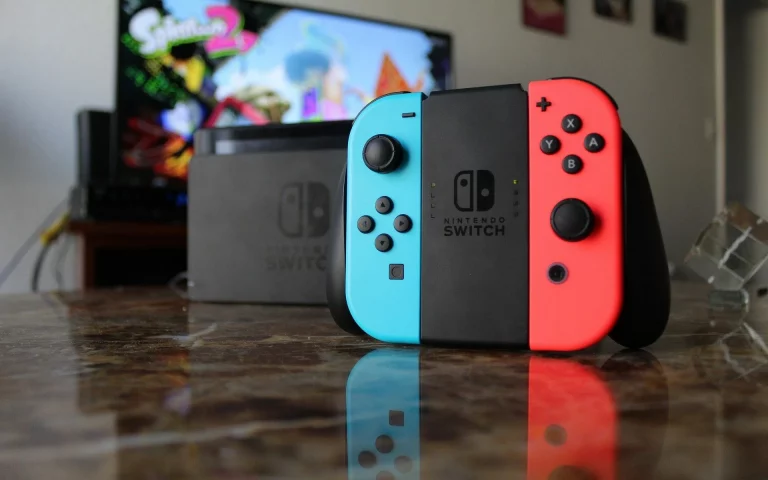Branding your product is as much an art form as it is a marketing tool.
It is more than just giving it a name, logo or specific colour palettes.
It is about giving your products and services an identity of their own.
Done correctly, your brand would intrinsically embody and communicate your company’s values and personality across all your products and services.
As an integrated marketing agency, we often study brands to keep ourselves up to date in an ever-changing landscape.
And few brands are as interesting to study as Nintendo.

A household name by this point, Nintendo has been a part of many a childhood.
Whoever snuck a Gameboy into school was the king of recess time; whichever cousin’s home had Mario Kart was the gathering place of choice for the kids of the family.
But when Nintendo launched its flagship product, the Wii U, in 2012, it flopped hard.
Largely responsible for Nintendo’s net deficit of $229 Million in 2014, the Wii U was Nintendo’s biggest failure in over a decade.
Among the factors cited by critics, one of the most prominent was the Wii U’s unclear marketing.
So when Nintendo debuted the Switch in 2016, it had to not only succeed but make up for Wii U’s failure.
And the Nintendo Switch did succeed, outperforming its predecessor’s lifetime sales within the first 3 years of its release.
But sales aside, it succeeded the most where the Wii U failed. The Nintendo Switch succeeded as a brand.
So, what did Nintendo learn to be able to make such a turnaround?
What are the insights we can glean from this?
Let’s take a look.
What’s the message?
Every brand needs a clear message to go along with it.
Determining your positioning and the reason why your target audience would choose you over your competitors is the top priority for developing your brand.
The Nintendo Switch was able to succeed precisely because its marketing had a clear positioning and strong message.
As noted by former Nintendo of America CEO Reggie Fils-Aimé in his interview with The Star, ‘Why should you purchase this device? Well, it’s because you can play this great content, anywhere, anytime with anyone. Tell me what the Wii U proposition was in 10 words or less. We weren’t as incredibly clear.’
Brevity is the soul of wit—by minimising fluff from your messaging, you clarify your product’s purpose.
By crafting such a brief message, Nintendo was able to zero in on what exactly would make this product appealing to its target audience.
Thus, by defining a clear positioning for your product, you can be assured that the rest of your brand strategy will be just as clear as the result.
https://www.youtube.com/watch?v=f5uik5fgIaI
Building your brand around the message.
Once you have decided on your positioning and message, it’s time to build your brand around this message.
Brand names can be an excellent opportunity to communicate what the product is about before utilising any promotional material.
The Nintendo Switch name is an excellent example of this.
Its brand name is also its product description, communicating its ability to ‘Switch’ between a docked and portable form factor.
Furthermore, when creating your brand guide, you can also leverage on your other brand assets to get your message across.
By incorporating the Nintendo Switch Joycon controllers into its logo and with the subtle use of animation and sound, it achieves more than just being a symbol for the brand.
It further reinforces the product’s core message of ‘anytime, anywhere with anyone’ by demonstrating its detachable controller functionality through its logo alone.
So the next time you are thinking of that fresh new rebranding strategy, consider the innovative ways you can develop your brand assets to communicate your product’s core message.

Actions speak louder than words
As an advertising agency founded on the concept of play, we consider action to be the most effective way of learning and developing a strategy for your brand.
We believe it extends to advertising as well. The phrase ‘Action speaks louder than words’ is especially apt here.
Consider how much of your product and value proposition can be communicated without words across your marketing mix.
The Nintendo Switch trailer is once again a perfect example of this.
In the first minute, the product is immediately capable of communicating its key message through a variety of usage scenarios.
Without spoken word to divide audience attention, the visuals take centre stage when conveying your brand message.
Furthermore, this also leads to a higher emphasis on the sounds that are included with the visuals.
By punctuating the video with flashes of your brand logo and a specific sound effect, you can link your brand to that specific sound.
This provides another avenue of brand recognition that you can take advantage of in your advertising campaign.
Especially in a world where everyone’s increasingly glued to their phones, solely visual advertisements may not attract their attention.
Rather, a multi-sensory experience with sounds or smells may aid in triggering said brand recognition.

A brand of play
As we approach the end of our #10YearsUnwiser, it seemed appropriate to study a brand that has maintained a cultural foothold purely through play.
But it can be difficult to build a brand—after all, even one like Nintendo tasted its own bitter branding failure with the Wii U before the success of the Switch.
If you want some help in navigating your brand through the turbulent waves of competition, pick up our free eBook on how you can set your own brand up for long-term success in 8 simple steps.





